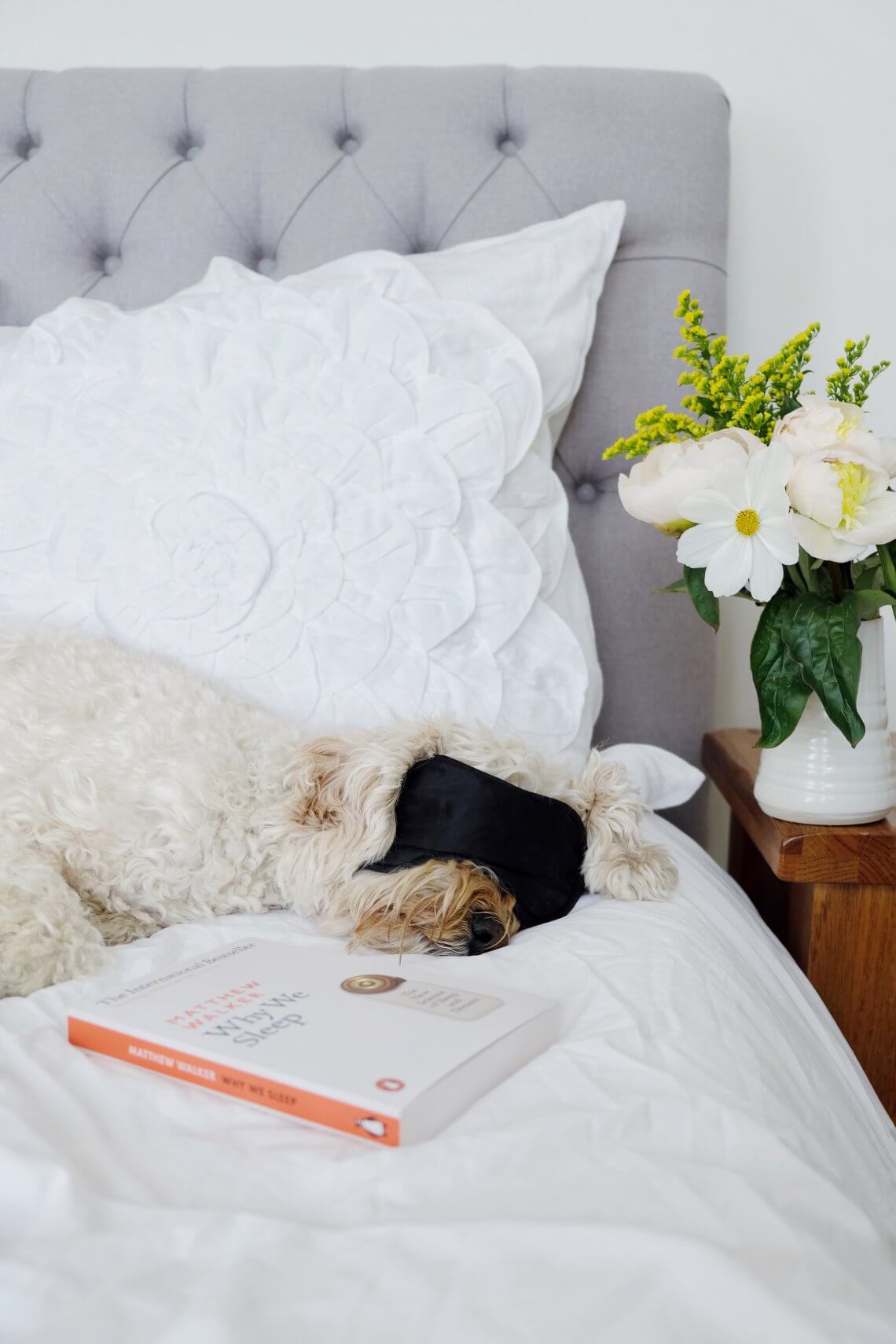
4 ways science can help your baby sleep
I’ve read some pretty depressing books in my life (1984, The Road, Twilight etc) but Why We Sleep blows them all out of the water. Professor Matthew Walker cheerfully details the precise mechanisms by which sleep loss makes us fat, stupid, sick and ugly whilst shrinking our reproductive organs and propelling us towards untimely deaths. It is an (ironic) wake up call to the disastrous public health implications of sleep deprivation.
The science is fascinating but it’s all rather academic unless you’re actually able to get some. My child, dog, feeble bladder and neighbours all routinely conspire against my sleep attempts. Despite explaining to my son that every nocturnal demand for water or comfort inches Mummy ever closer to death*, uninterrupted nights are rare in our house.
As a new parent I found most sleep advice a bit useless (has “sleep when the baby sleeps” ever worked for anyone?). The truth is, nobody with young children gets much shut eye. So rather than rehashing the usual tips I’ve summarised a few facts from this book that explain how babies sleep and how to help them do it.
The science of sleepy
To the great misfortune of their parents, human babies begin their lives with extremely erratic sleep patterns. This is due to the immaturity of the region of the brain that governs our wakefulness and sleep. Known as the suprachiasmatic nucleus, it develops so gradually that it takes three to four months to start noticing the signals that regulate our daily rhythms. Mercifully, by the end of the first year the suprachiasmatic nucleus is sufficiently developed to ensure longer stretches of sleep at night. Over the first five years children gradually move towards an adult sleep pattern with just one overnight chunk of rest.
It’s fair to say the first year can be pretty rough. Don’t worry, sleep is so critical to memory formation that you won’t remember the pain. In the meantime, the research in this book highlights a few practical ways to help your baby nod off:
- Humans instinctively rock babies, and a very small but interesting Swiss study may have a scientific explanation for this. Researchers rocked half their subjects to sleep and compared them to static sleepers. Not only did the rocked participants fall asleep faster, their sleep was deeper and of higher quality.
- We’ve all heard of older generations dipping dummies in brandy to settle a baby. I doubt this is common practice anymore and for good reason: it actually has the opposite effect. A study performed in 2001 assessed sleep in 23 babies following exposure to alcohol-laced breast milk. The concentration was equivalent to the mother having 2 standard drinks. During the following few hours the alcohol reduced the amount of time the babies slept, and significantly shortened time spent in the sleep phase most vital to brain maturation (REM). They then compensated for this loss, sleeping more during the subsequent 20.5 hours. A clear argument for a glass of wine with lunch rather than dinner!
- From around 12 weeks of age the baby’s suprachiasmatic nucleus can start using signals of light, movement, temperature and digestion to develop a rhythm. It may therefore be helpful to ensure s/he is exposed to sunshine, activity and a feeding routine during the day.
- In the evening, low light and a drop in body temperature prompt us to sleep. It seems there is a scientific basis to the tradition of bathing a baby before bed; the resultant drop in body temperature from skin evaporation promotes sleepiness.
Overall I enjoyed Why We Sleep, with some caveats. In parts it seemed difficult for the reader to assess the quality of the evidence themselves. Although Walker explains the study designs clearly, he sometimes omits details necessary to evaluate how convincing his arguments are. For example, stating the actual number of subjects in a study, rather than saying “we used a number of healthy individuals”, can help us decide whether the sample size was big enough to be able to show a real effect. Some of the evidence used in the book is unpublished and based on very small sample sizes. Walker’s use of relative terms to describe risk (such as “double” or “50 per cent higher”) can be misleading if the original risk was small. Epidemiological evidence is used without explaining that it can only show associations rather that direct causation. Finally, the book was poorly referenced; most of the studies described were not cited in the footnotes or a reference list.
Having said that, I suspect these omissions are more likely to be editorial decisions rather than a lack of transparency on Walker’s behalf. He is a highly qualified Professor with a prolific publication record and his enthusiasm for his subject comes across quite charmingly in his prose. This guy really believes in sleep. And if you ever figure out how to get enough, do let me know!
*Don’t report me, it’s a joke!
Affiliate links are used in this post. Science Mama is a participant in the Amazon Services LLC Associates Programme. As an Amazon Associate I earn from qualifying purchases.










